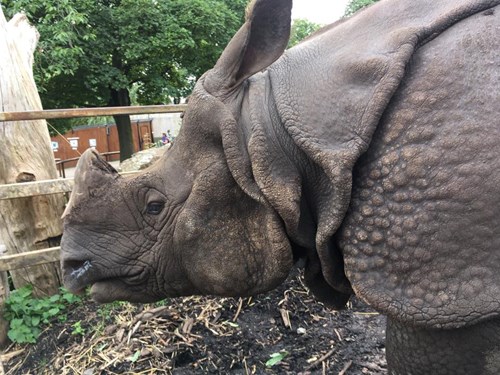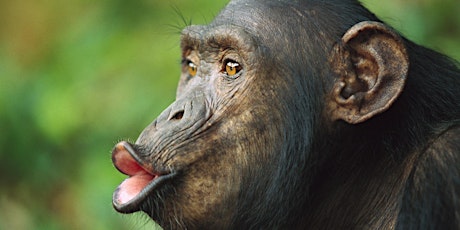The Basics of Animal Behaviour
A short e-Book introducing some of the fundementals of animal behaviour and its research.
2. Anthropomorphism
 Researchers need to be
careful when doing behavioural research. Animals do not laugh, smile or cry as
humans do, so it can be very hard to interpret how an animal is feeling.
Sometimes humans try to put our own emotions on an animal:
Researchers need to be
careful when doing behavioural research. Animals do not laugh, smile or cry as
humans do, so it can be very hard to interpret how an animal is feeling.
Sometimes humans try to put our own emotions on an animal:
e.g. “that animal looks sad” or “That animal looks happy”
This is called
anthropomorphism, and it is best to avoid this. Often the humans perception of
how the animal is feeling is effected by how the human is feeling of their own
views. In addition, not all animals ofcourse have as complex a range of
thoughts and emotions as humans. Those that do, such as chimpanzee communicate these in very different ways (e.g. A smile is not a sign of happiness in chimpanzees but instead a sign of fear and distress).

To avoid any bias caused by anthropomorphism, researchers use ethograms when collecting their data. This is more scientific than attempting to guess what an animal may or may not be feeling.